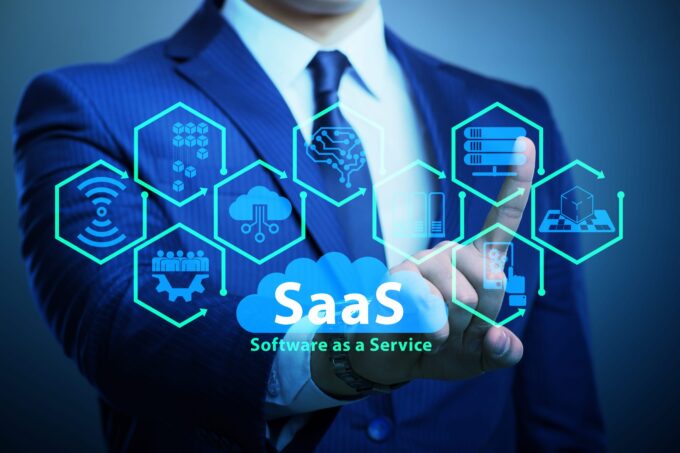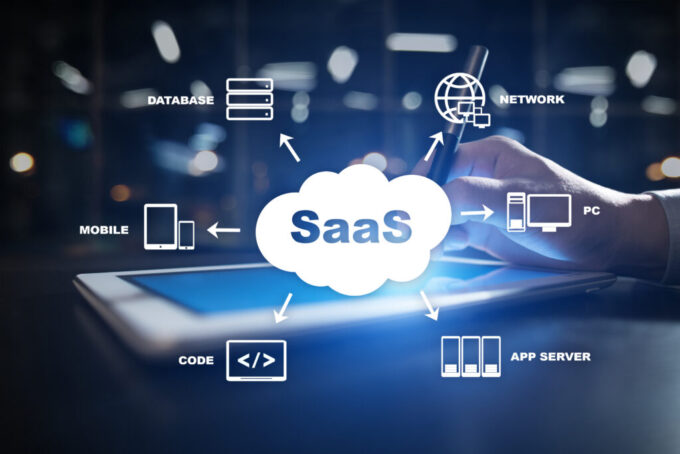With the sheer number of moving parts involved in running a modern business, it can be easy to become overwhelmed. Nowadays, organization leaders are expected to be HR honchos, PR experts, and perhaps most demandingly, veritable IT specialists. And this isn’t just to keep each department running smoothly, but to also ensure that each of your business decisions yields a positive return on investment.
One of the top considerations when a business is starting out with new IT systems is how to efficiently manage cloud-powered Software-as-a-Service, or SaaS. With the average company now deploying as many as 130 different tools as part of their tech stack, there’s never been a greater need for standardized, streamlined processes.
With that in mind, let’s explore the importance of SaaS management and unpack some key strategies for getting ahead of the game.
What is SaaS management?

SaaS management encompasses the oversight, optimization, and efficient control of an organization’s SaaS applications. With the growing number of SaaS tools implemented by businesses, managing them effectively has become a complex but necessary venture, especially at large organizations.
An effective SaaS management approach involves various processes, including procurement, monitoring, optimization, and renewal of SaaS subscriptions.
Why is SaaS management important?
There are several business-critical reasons that SaaS management is necessary. While SaaS can offer countless benefits, the growing accessibility of these systems has led to their proliferation. And now more than ever, individual departments and staff members are taking it upon themselves to purchase SaaS without company approval or knowledge.
This is causing a number of challenges within companies, including:
- Lack of visibility into the software being used across the organization
- Wasted SaaS spend caused by duplicate, redundant, unused and costly licenses
- Increased security and compliance risks, including shadow IT and data exposure
- Integration complexity with data scattered across various platforms, leading to difficulties in productivity and maintaining a coherent and unified view of information
Effective SaaS management can help organizations to avoid the common challenges associated with rapid SaaS adoption.
Equally important are the benefits that SaaS management can bring to a business. A lean, cost-effective suite of SaaS tools results in enhanced employee productivity, streamlined workflows, and improved collaboration.
What are the key strategies?

There are a number of best practices for effective SaaS management. These may be useful to consider for startups and early-stage companies that are just starting to take on SaaS contracts, but also for scaled organizations searching for new ways to optimize their management processes.
Here’s what we recommend.
1. Centralized procurement
A standard, central channel for new software procurement is the cornerstone of a successful SaaS management strategy. Instead of allowing individual departments or staff to purchase software subscriptions themselves, a centralized approach involves designating one procurement team or individual to oversee all new software acquisitions and renewals.
When your procurement is centralized, you gain better negotiation power with vendors, leading to potential cost savings. By bulk purchasing, you may be able to secure volume discounts and more favorable terms. Centralization also enables better visibility into the overall SaaS landscape within your organization, preventing the duplication of licenses or the purchase of redundant tools with overlapping functionalities.
Lastly, this also ensures that purchasing decisions align with the organization’s broader technology stack and long-term goals. By mandating approvals and standardizing procurement procedures, your business can keep track of the trajectory of IT expenses and maintain control over the software in use. This also helps to minimize security risks associated with unsanctioned applications, a vital consideration now that cybersecurity is among the top three risks to businesses, according to TBConsulting.
2. Application rationalization

Application rationalization is the process of assessing each tool in your existing SaaS stack for its business value. As organizations grow, it’s common for redundant or underutilized applications to accumulate. This redundancy can lead to unnecessary expenses both directly, due to the multiple subscriptions that are billed, and indirectly, by creating confusion among employees about which tools to use for specific tasks.
As a result, organizations tend to see stalls in productivity as users segment between tools and are expected to context switch between many different applications.
To implement an application rationalization process, organizations should conduct a thorough analysis of their SaaS stack, assessing usage and consolidating tools that are underused or redundant. This works to streamline workflows and reduce costs by eliminating duplicate subscriptions.
Organizations can also survey user feedback to identify tools that are unpopular or unused. Another useful method for assessing value in the traditional capacity is to calculate the return on investment from each tool. By eliminating or replacing the applications providing little value, you can tailor your SaaS stack to meet genuine user needs, boosting overall productivity.
3. Renewal management

Once you’ve procured your necessary SaaS subscriptions and are auditing their value on an ongoing basis, you’ll need to maintain documentation on their billing and renewal. This involves tracking and optimizing each of your contract renewals in a timely fashion, ensuring that you don’t fall into a cycle of paying out for software that is no longer needed or used.
Data shows that larger SaaS companies increase their prices by as much as 5-7% each year by contract, many of which are auto-renewing. Effective renewal management will provide you with the necessary leverage to negotiate any price or term adjustments that vendors may attempt to impose.
A well-executed renewal management strategy involves several steps. First, you should establish a knowledge base for tracking renewal dates, terms, and costs. Second, evaluate whether the software continues to align with the organization’s evolving needs and goals. If a tool is no longer relevant, it might be time to terminate the subscription. Lastly, utilize negotiation tactics during the renewal process. Vendors often value their existing customers and might be open to adjusting pricing or terms to retain your business.
By following these steps, you can ensure that you operate and maintain a streamlined SaaS stack that works for your business — enabling productivity, cost savings and security without the challenges of unmanaged SaaS









